Scientists reveal extraordinary ecosystems in the deepest part of the Indian Ocean
New technology has enabled marine scientists to capture some of the world’s first images of previously unexplored habitats in the deepest point of the Indian Ocean.
08/06/2022 By BGS Press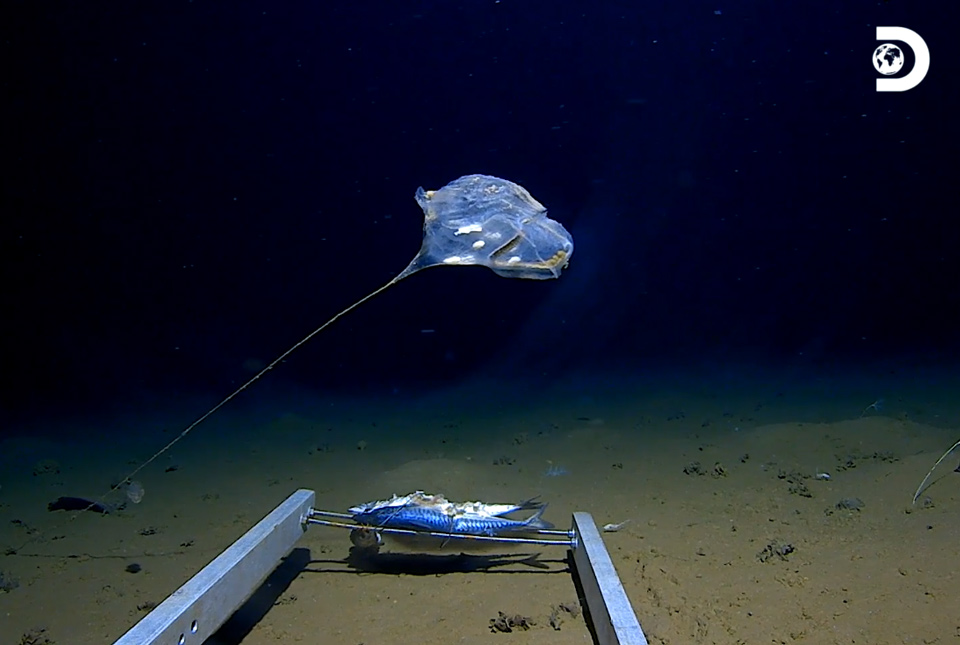
Marine scientists have long acknowledged the global importance of understanding deep-sea hadal biodiversity for habitat management. So far, however, efforts have been largely focused on shallower waters, typically in the upper 5000 m of the ocean.
In April 2019, the record-breaking Five Deeps Expedition provided a rare and exciting opportunity to apply state-of-the-art technology to observe the biodiversity and geodiversity of these deep-sea environments. A team of marine researchers, led by Alan Jamieson of Newcastle University, made the first crewed descent to the bottom of the Java Trench (also known as the Sunda Trench) – an arc-shaped, deep ocean trench some 3200 km long located in the eastern Indian Ocean, south and west of the islands of Sumatra and Java.
The world’s first — and only — fully certified crewed vessel capable of diving to full ocean depth, the DSV Limiting Factor acquired a video transect from the deepest point of the trench up a near-vertical escarpment in waters more than 7000 m deep. The team, which includes marine researchers from BGS and Newcastle University, recently confirmed their extraordinary discoveries in an open-access paper published in Frontiers in Marine Science.
Applying new technology to the largely unexplored depths of the Indian Ocean produced an extraordinary set of rare and unique discoveries in just five days.
The Java Trench is largely unexplored and it was a unique opportunity to be able to freely explore such complex terrain and observe the distribution of biological species and geological formations that make up these habitats.
Heather Stewart, BGS Marine Geologist.
One of the least understood of the world’s five oceans, the Indian Ocean is the third largest, spanning 70.56 million km2 and accounts for 19.8 per cent of the global ocean volume.
The complex sea-floor geomorphology of the Indian Ocean hosts subduction trenches, seamounts, ridges, plateaux, coral atolls and fracture zones. Despite a wealth of research into the coastal marine biodiversity of the ocean, few previous research expeditions have explored water depths exceeding 5000 m, leading to a significant knowledge gap.


Exploring the Java Trench. Footage courtesy of and © Atlantic Productions.
At 7192 m depth (more than five times the height of Ben Nevis) the team managed to capture some incredible footage of what are thought to be entirely new species from the deepest point of the trench, using the submersible and fleet of autonomous scientific landers. During the five-day expedition they observed new species of hadal snailfish as well as an extraordinary-looking animal believed to be a stalked ascidian, otherwise known as a sea squirt, that by luck drifted past the video camera. The first hadal octopodes were found as well as the deepest larvaceans and decapods were also observed.
Researchers steered the submersible from the soft-sedimented trench axis up a 150 m-high, near-vertical escarpment and across a plateau at a depth of around 7050 m. The exposed rock face of the escarpment hosted areas of debris formed by structural weaknesses in the bedrock eventually failing leaving piles of debris at the base of steep sections. Orange, yellow and white colours pick out these bedrock fractures in a spectacular display of chemosynthetic bacterial communities that live off fluids oozing from the cracks in the rock face.
Ideally we would return and do many more submersible surveys to explore a greater area of sea floor on a variety of geomorphological and geological features. We could then assess how common these chemosynthetic communities are and figure out how important a role they play in the food web at these extreme depths.
Heather Stewart.
We’re very excited by the potential for more studies. Research like this will help to steer the first steps towards more hypothesis-driven and less exploratory-driven science at full ocean depth.
Eventually, this will bridge the gap between this type of observational research and the early taxonomic work completed in the 1950s, to lift the quality of research from the deep water hadal zones closer to that of its shallower counterparts.
Alan Jamieson, Newcastle University senior lecturer.
Relative topics
Related news
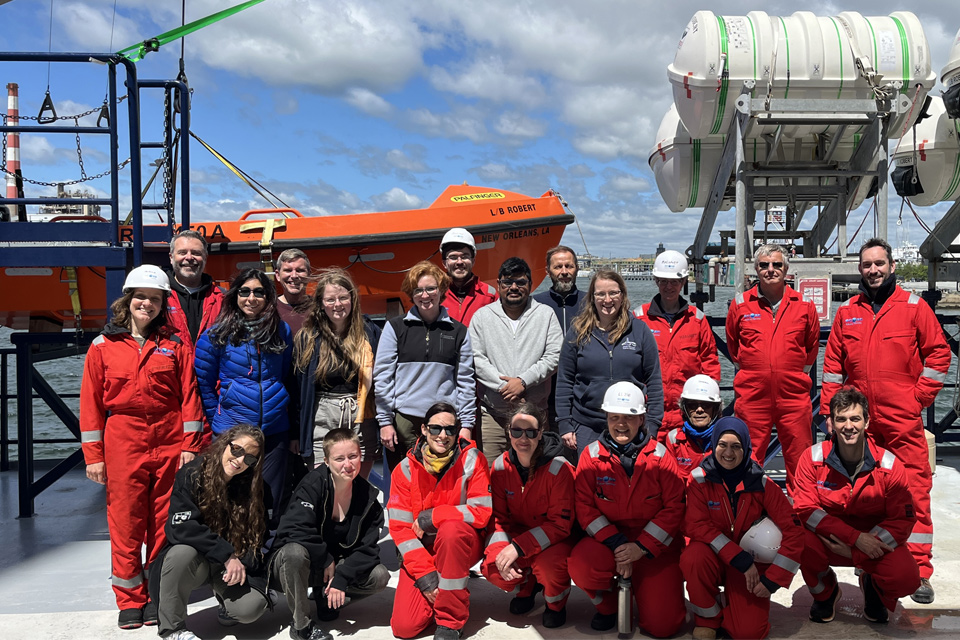
BGS scientists join international expedition off the coast of New England
20/05/2025
Latest IODP research project investigates freshened water under the ocean floor.
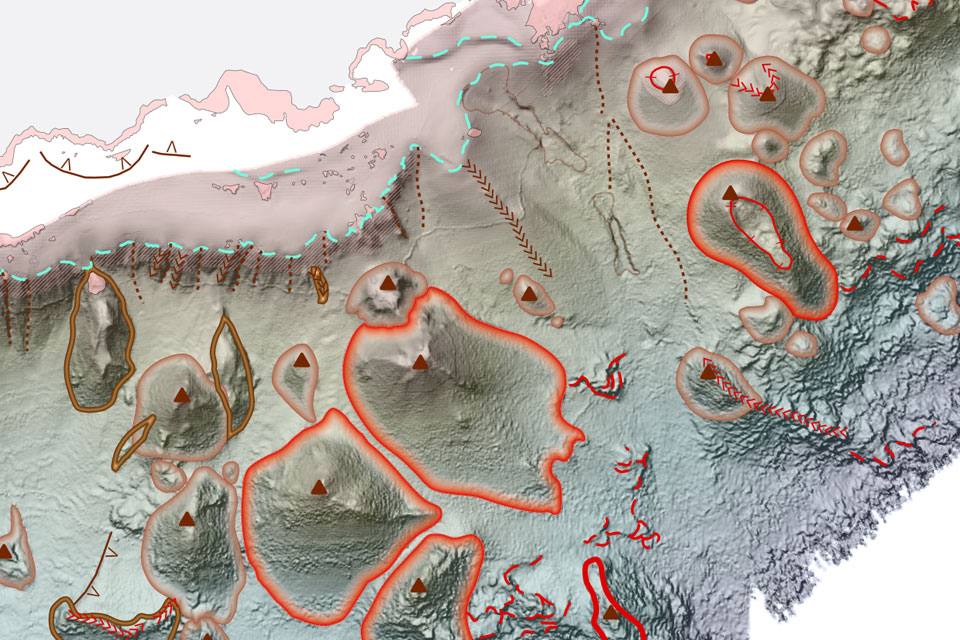
New seabed geology maps to enable long term conservation around Ascension Island
01/04/2025
BGS deliver the first marine geology and habitat maps for one of the world’s largest marine protected areas.
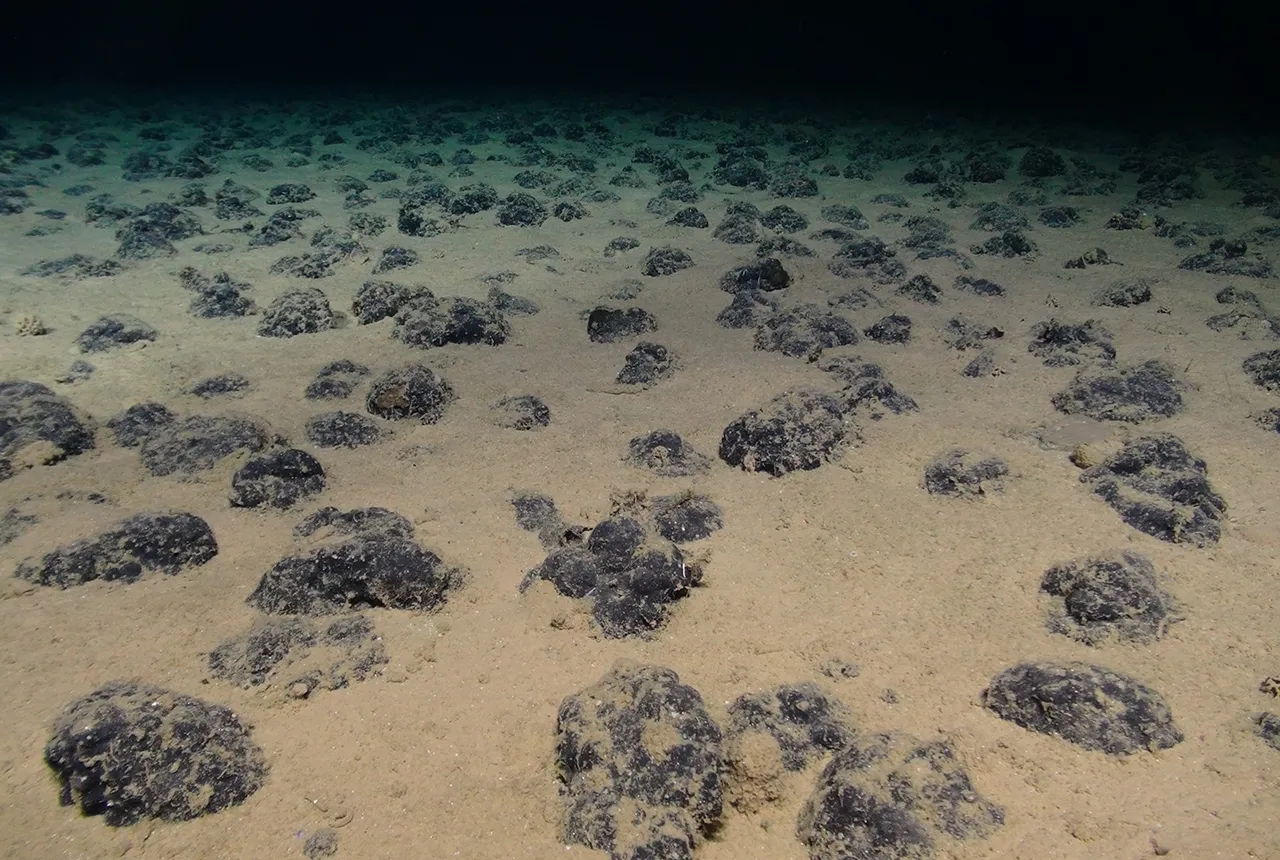
New study reveals long-term effects of deep-sea mining and first signs of biological recovery
27/03/2025
BGS geologists were involved in new study revealing the long-term effects of seabed mining tracks, 44 years after deep-sea trials in the Pacific Ocean.
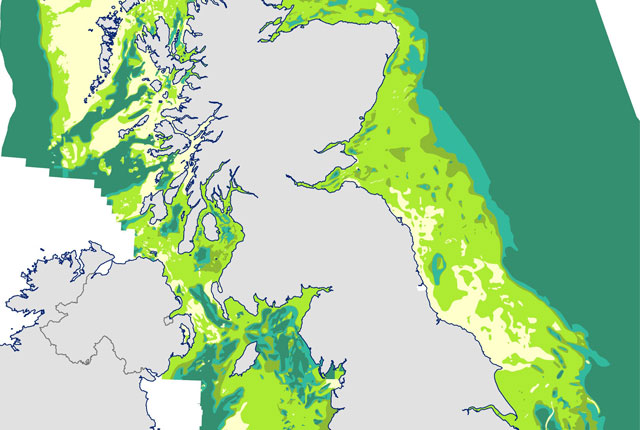
Seabed geology data: results from stakeholder consultation
31/01/2025
BGS collected valuable stakeholder feedback as part of a new Crown Estate-led initiative to improve understanding of national-scale seabed geology requirements.
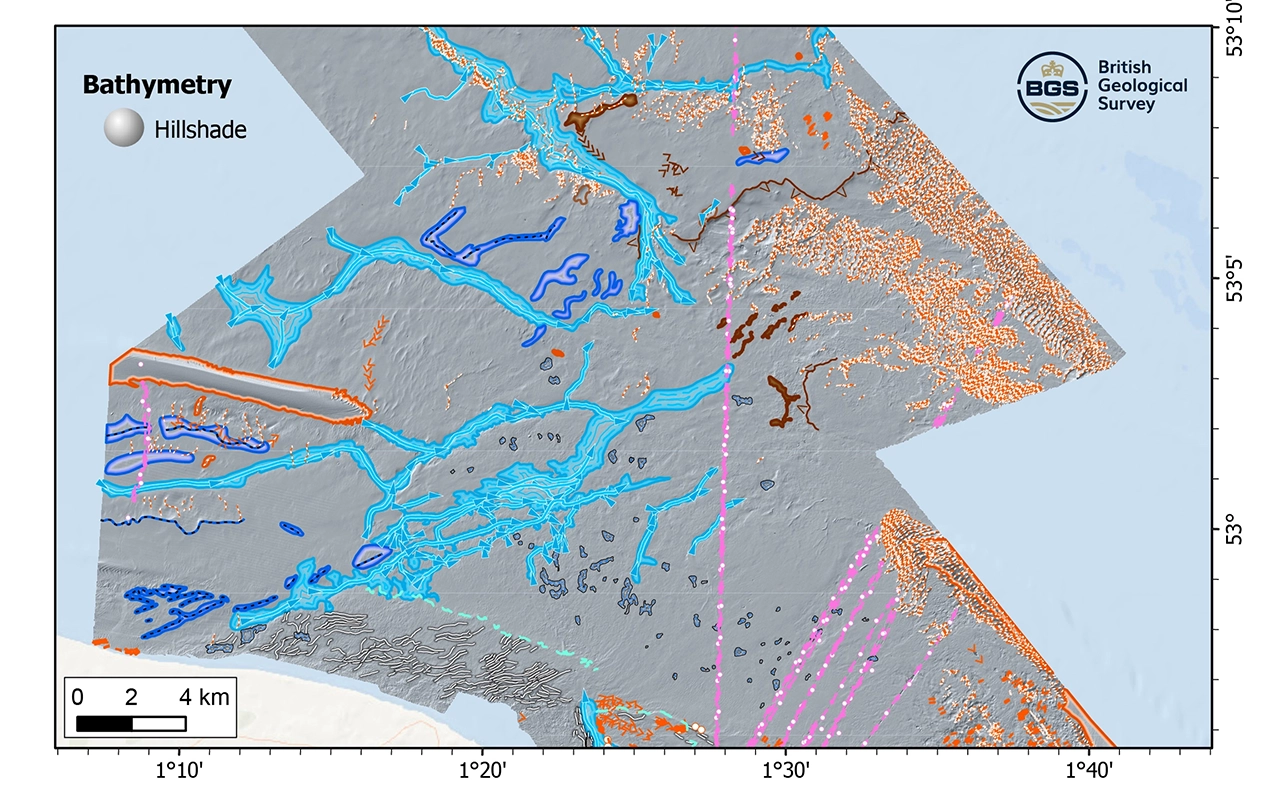
New research reveals the secrets of the seabed off the East Anglian coast
11/07/2024
New geological map will help in the hunt for new renewable energy opportunities whilst protecting delicate marine ecosystems.
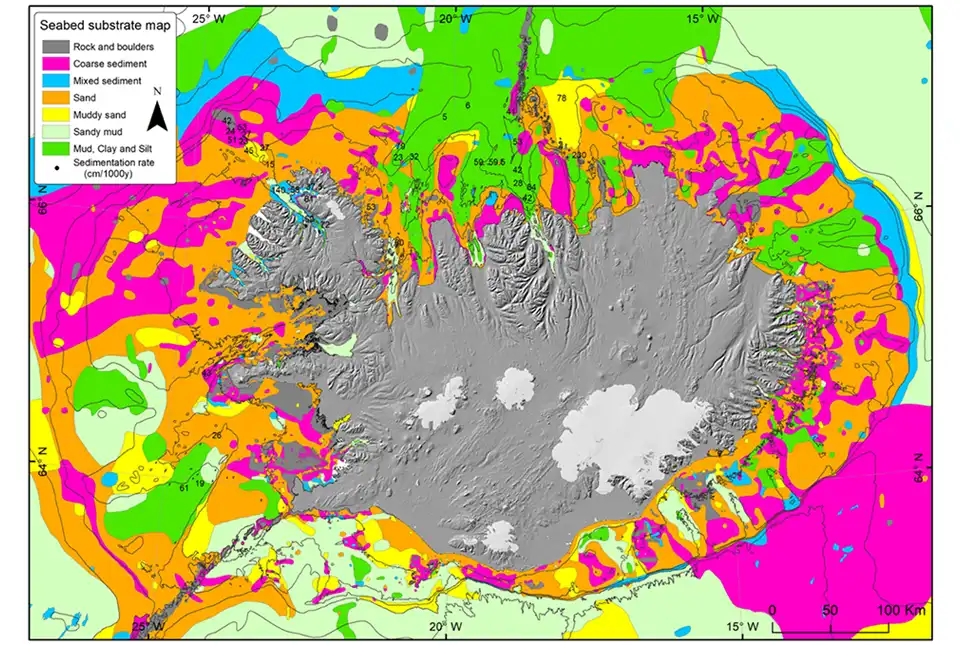
BGS awarded research grant to support potential offshore wind development in Iceland
13/05/2024
BGS has been awarded the NERC-Arctic grant for a collaboration project with Iceland GeoSurvey.
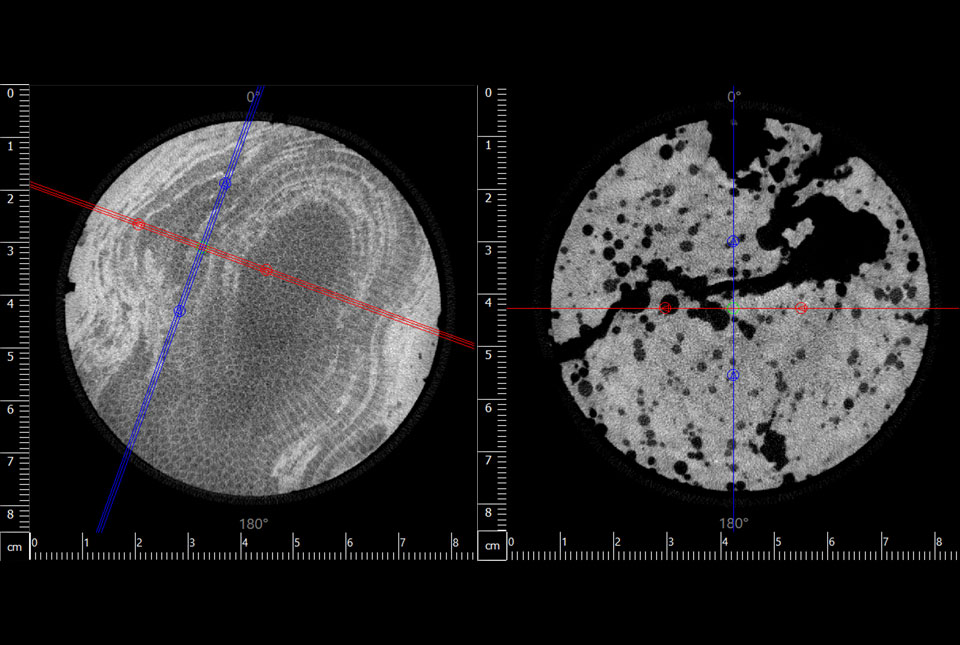
Largest CT core scan completed at the BGS Core Scanning Facility
09/05/2024
BGS has completed its largest CT core scan project to date, with around 400 m of core imaged for the IODP Drowned Reefs project.
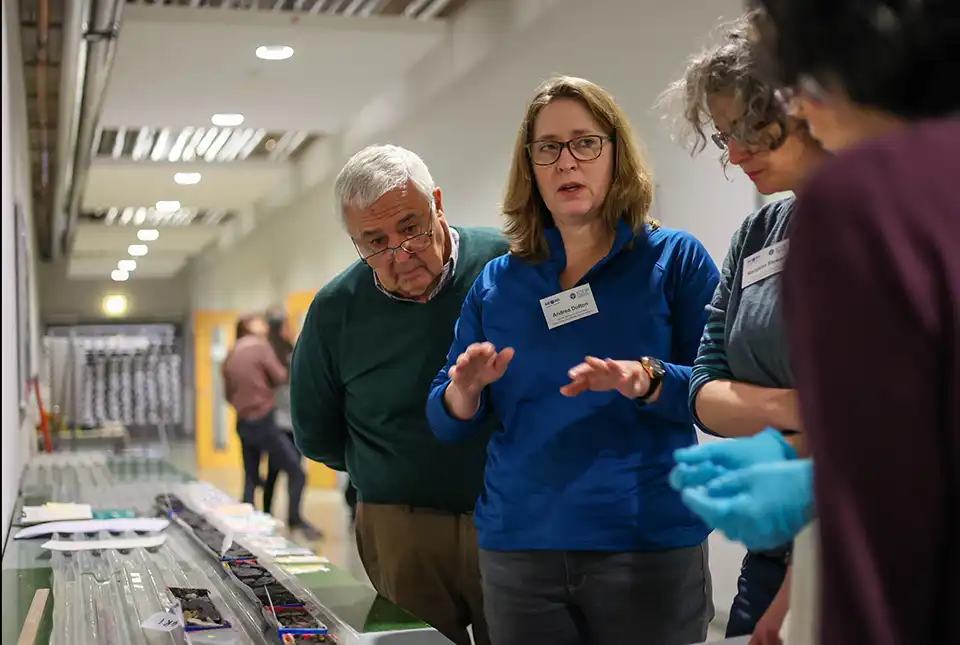
Scientists produce first record of environmental data off coast of Hawai’i
01/03/2024
An international team of researchers, including BGS geoscientists, have succeeded in acquiring a continuous record of environmental data using fossilised coral from Hawai’i.
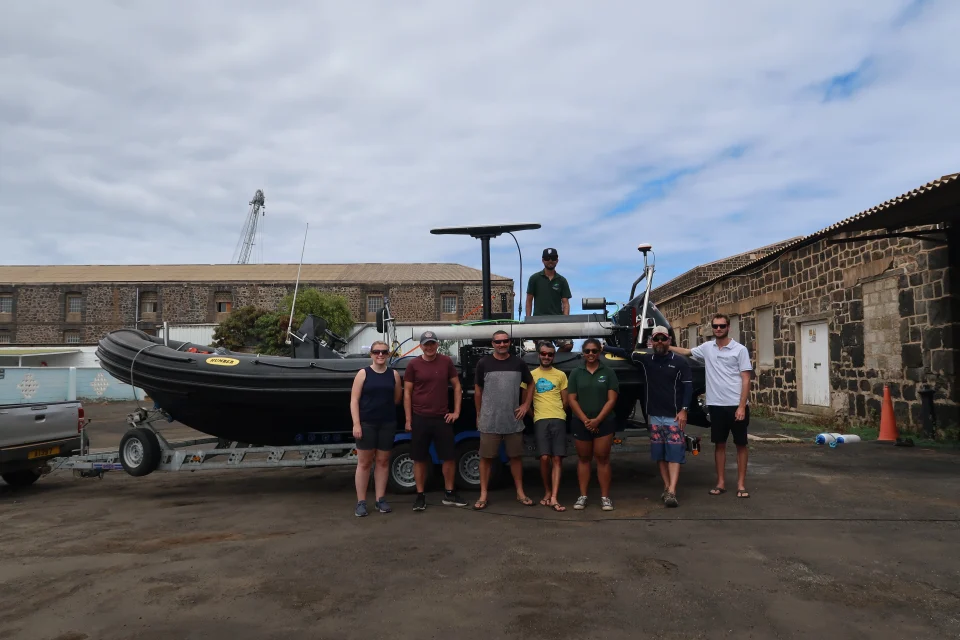
In photos: marine surveying a remote volcanic island
14/12/2023
A photo blog by members of the BGS Marine Survey team, who recently completed marine surveys around Ascension Island in the South Atlantic Ocean.
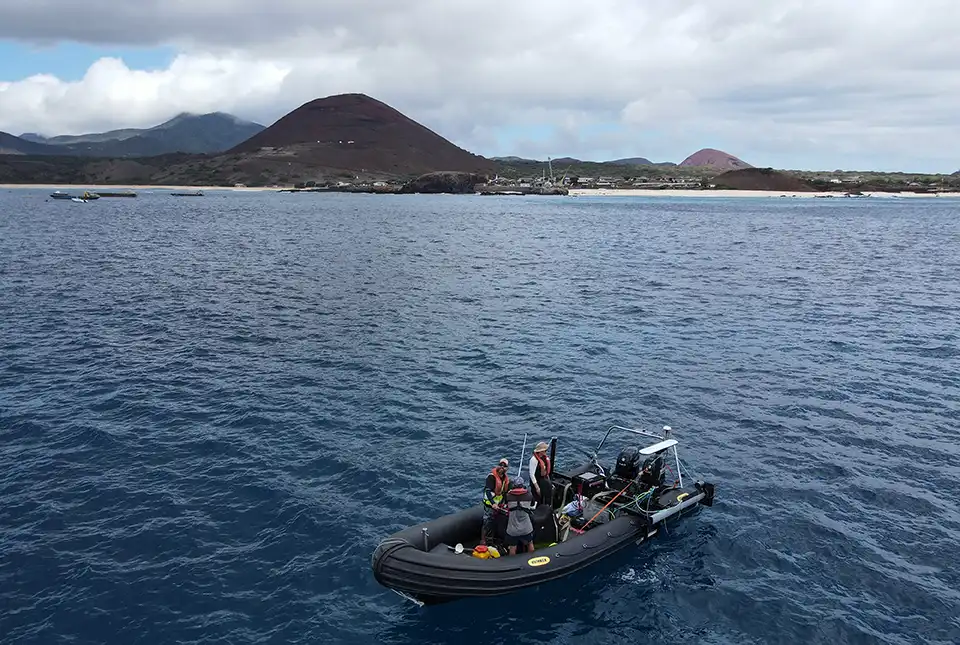
BGS completes first mapping expedition to Ascension Island
11/12/2023
BGS marine geoscientists travelled to Ascension Island to support its government with an ongoing, conservation-driven mapping programme.
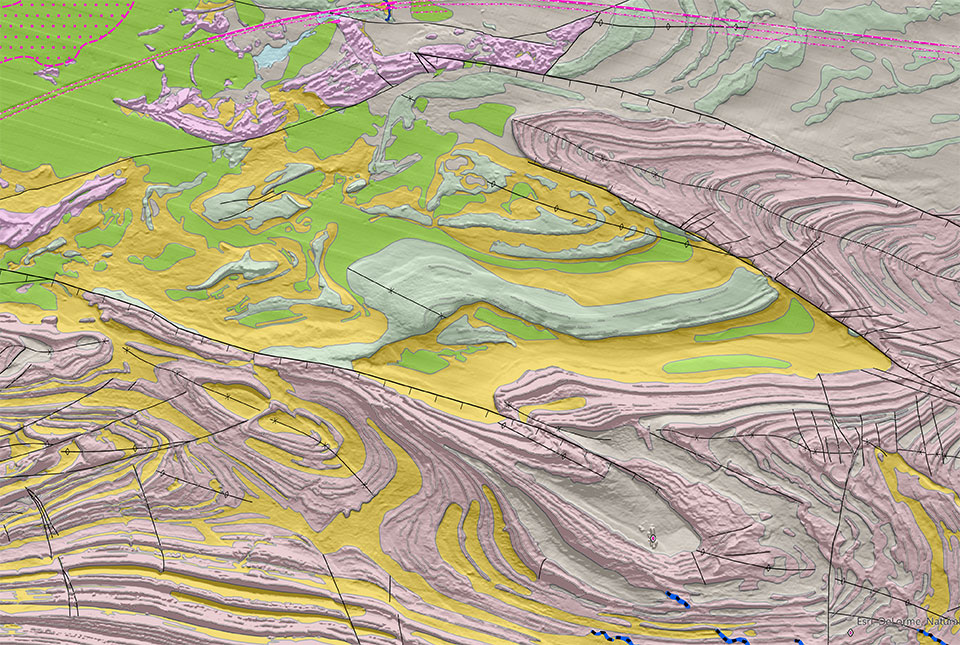
Industry-leading data sharing partnership announced
02/11/2023
A data sharing partnership has been agreed between BGS and Ossian, allowing BGS to advance its knowledge of the rock and soil conditions under the seabed.

What lies beneath Loch Lomond?
17/10/2023
BGS geoscientists have visualised what lies beneath the waves of Loch Lomond, revealing an image of the loch bed and various sedimentary features of the subsurface.



